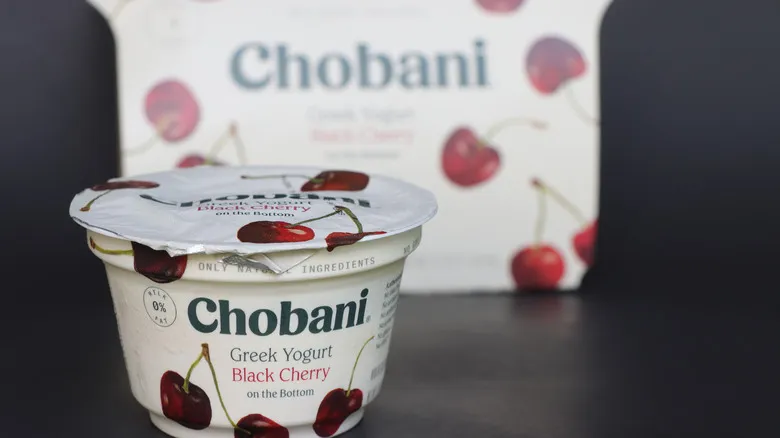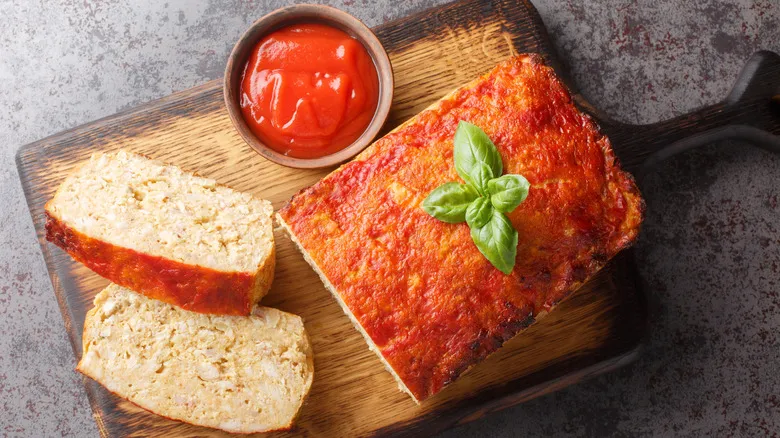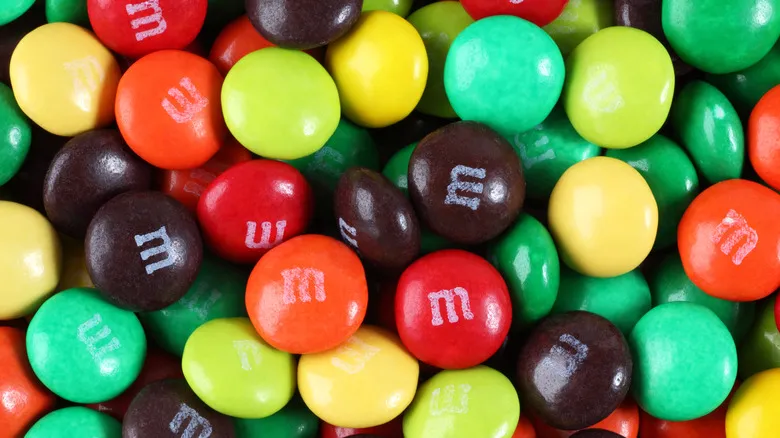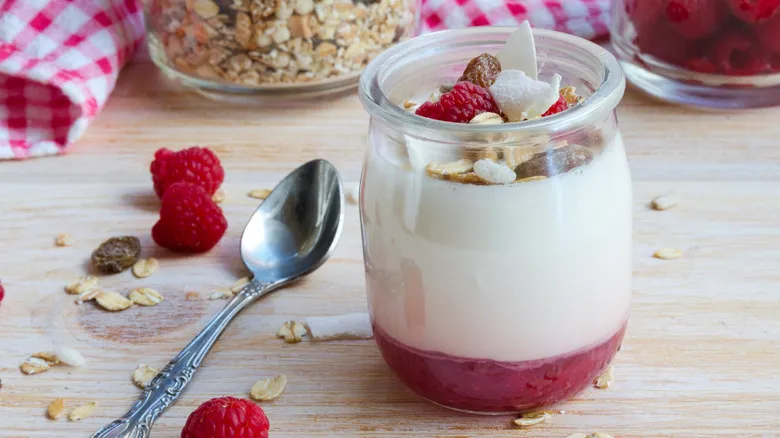Putting fruit at the bottom of yogurt has many benefits

While dairy regulations are not as stringent regarding the mixing of dairy products as they were in the 1940s, this hasn't deterred companies like Dannon, Yoplait's Oui, and Chobani from producing fruit-on-the-bottom yogurts. Interestingly, placing fruit at the bottom of yogurt cups offers advantages beyond simply navigating food safety laws.
For instance, having a consistent layer of fruit compote beneath the yogurt means you're more likely to enjoy a taste of it with each spoonful, resulting in a more intense and flavorful experience compared to if it were fully blended. Of course, if you prefer a mixed texture, you can always stir it together. Swiss-style yogurt, for example, incorporates fruit purees directly into the yogurt. However, when mixed, the fruit flavors can become subdued by the yogurt, lacking the vibrant taste of a spoonful that combines equal parts yogurt and pure compote. Ultimately, your choice will come down to personal taste.
Additionally, having the fruit on the bottom is practical for transport and storage. If the fruit were on top, it might settle to the bottom before you get a chance to enjoy it. In the case of Swiss-style yogurts, the fruit pieces often contain less moisture to keep the yogurt from becoming diluted. With the fruit already at the bottom, it can retain more moisture without affecting the yogurt's texture during storage. Just remember to consume your yogurt before it spoils, as that can significantly diminish its flavor.
Recommended

Why You Don't See Childs Chain Restaurants Anymore

How Meatloaf Became A Symbol Of Depression-Era Resourcefulness

Persian Donuts Are A Cinnamon Treat With A Unique History

The Reason All M&M's Are Stamped With A Tiny 'M'
Next up

